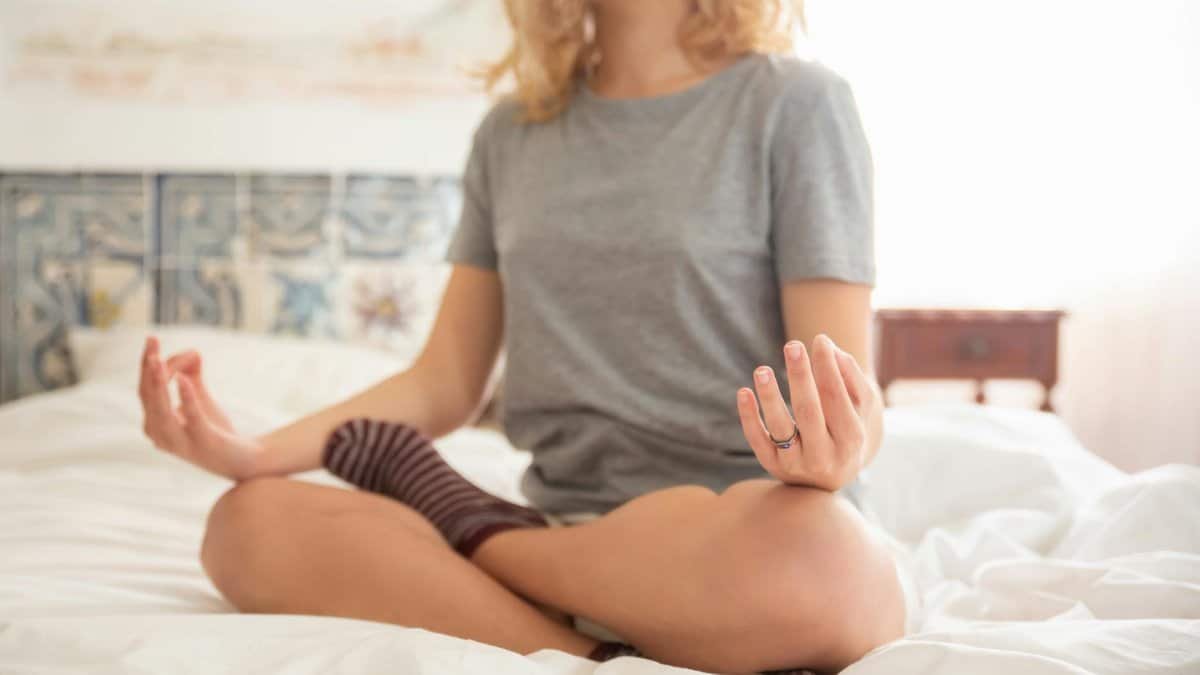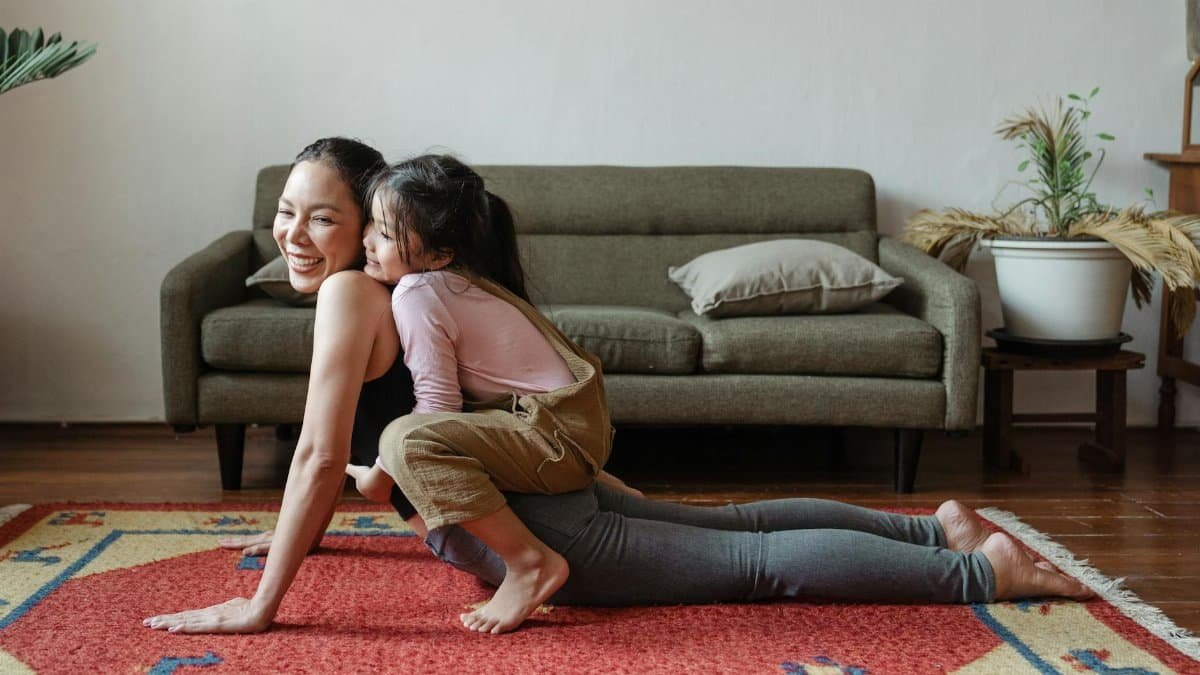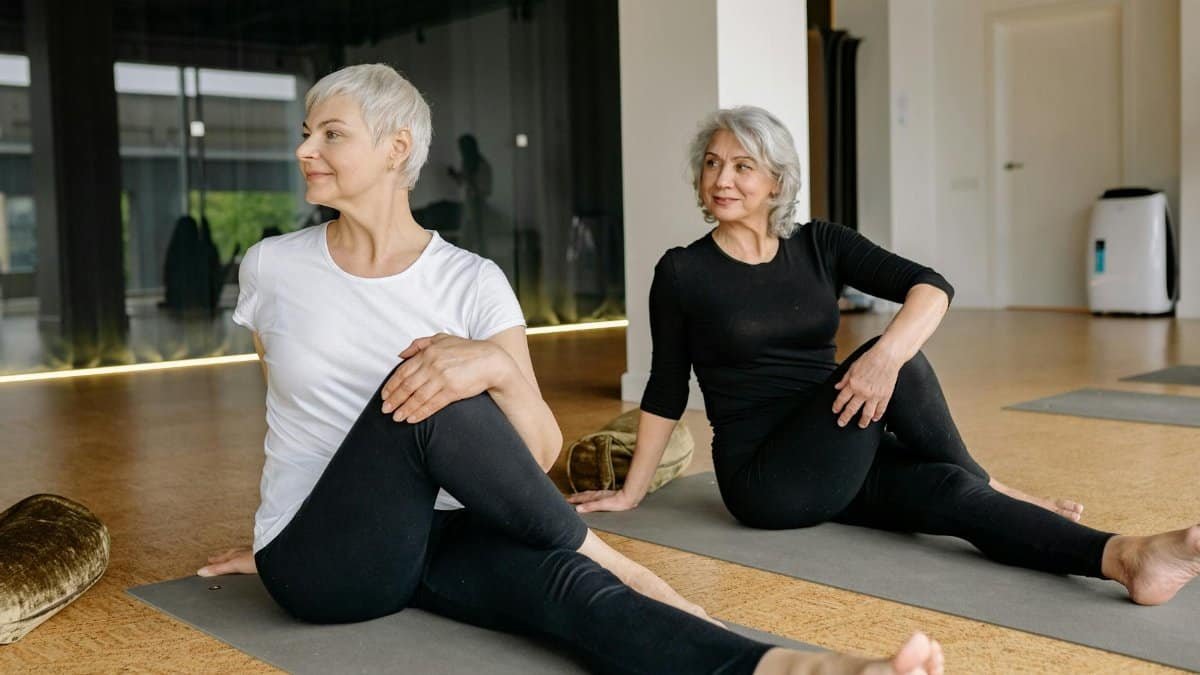A recent study from the National Center for Health Statistics shows that over 14% of U.S. adults practiced yoga in the past year, with many citing emotional benefits as their top reason. This surge highlights yoga’s growing role in combating modern stressors like anxiety and burnout. As Americans seek ways to achieve inner peace amid fast-paced lives, yoga emerges as a practical tool for unlocking emotional balance. Far from just physical exercise, it integrates mind-body practices that foster resilience and clarity. In 2025, experts predict even wider adoption, driven by accessible online classes and workplace wellness programs.
The Science Behind Yoga’s Emotional Boost

Research backs yoga’s impact on emotional health. Studies indicate that regular practice lowers cortisol levels, the hormone tied to stress. A 2020 review in the Journal of Psychiatric Research found that yoga participants experienced significant reductions in anxiety symptoms compared to non-practitioners. This isn’t mere relaxation; it’s about rewiring the brain’s response to challenges. Neuroscientists explain that poses and breathing techniques activate the parasympathetic nervous system, promoting calm. For those dealing with emotional turbulence, yoga offers a science-supported path to stability. Experts from Harvard Medical School emphasize its role in enhancing mood regulation through consistent sessions.
How Yoga Builds Resilience Against Daily Stress

In bustling cities like New York, professionals turn to yoga to handle work pressures. It teaches mindfulness, helping individuals observe emotions without getting overwhelmed. Practitioners report better coping skills after just a few weeks. A report from the American Psychological Association notes that mind-body interventions like yoga reduce burnout rates by up to 30%. This resilience comes from practices such as pranayama, or controlled breathing, which steady the mind during chaos. As U.S. trends show rising mental health concerns in 2025, yoga stands out as an accessible antidote, requiring no fancy equipment.
Yoga’s Role in Enhancing Mental Clarity

Cluttered thoughts plague many, but yoga clears the fog. Meditation integrated into sessions sharpens focus and decision-making. Users often describe a “mental reset” after classes, leading to improved productivity. Data from a NIH study on yoga and cognition reveals enhanced executive function in regular practitioners. This clarity stems from poses that improve blood flow to the brain, fostering sharper awareness. In educational settings, schools incorporate yoga to help students manage emotional overload, pointing to its broad applications for all ages.
Overcoming Common Emotional Barriers with Yoga

Emotional blocks like fear or anger can hinder growth, but yoga addresses them head-on. Through gentle stretches and introspection, it encourages releasing pent-up feelings. Therapists increasingly recommend it alongside counseling for trauma recovery. A survey by the Yoga Alliance found that 75% of instructors see clients overcome grief through practice. This process builds inner strength, transforming vulnerabilities into assets. For beginners, starting with simple routines eases the transition, making emotional healing feel achievable rather than daunting.
Practical Yoga Techniques for Inner Strength

Building emotional fortitude starts with basics like child’s pose, which promotes surrender and calm. Warriors poses instill confidence, symbolizing strength amid adversity. Daily routines of 20 minutes can yield noticeable shifts. Experts suggest combining asanas with affirmations to amplify effects. A CDC report on complementary health approaches highlights yoga’s popularity for emotional well-being among U.S. women, with growing numbers among men too. In 2025, apps and virtual studios make these techniques widely available, democratizing access to inner power.
The Community Aspect of Yoga for Emotional Support

Yoga isn’t solitary; group classes foster connections that bolster emotional health. Shared experiences in studios create support networks, reducing isolation. Participants often form bonds that extend beyond mats, offering real-life encouragement. Research from the University of California shows that communal practices enhance feelings of belonging, crucial for emotional balance. In diverse U.S. communities, yoga events bridge cultural gaps, promoting collective healing. This social dimension amplifies individual benefits, turning personal practice into a communal strengthener.
Integrating Yoga into Everyday Life for Lasting Balance

Making yoga a habit ensures sustained emotional gains. Start small, like morning sun salutations to set a positive tone. Workplace breaks for quick stretches combat midday slumps. Families adopt it together, strengthening bonds while managing collective stress. Long-term studies indicate that consistent practitioners maintain lower depression rates over years. As lifestyles evolve in 2025, integrating yoga with tech reminders keeps it routine. This seamless blend turns fleeting calm into enduring equilibrium, proving its value as a lifelong tool.
Potential Challenges and How Yoga Adapts

Not everyone finds yoga easy at first; physical limitations or skepticism can deter starters. Adaptive styles like chair yoga make it inclusive for all abilities. Instructors tailor sessions to emotional needs, ensuring accessibility. Critics once dismissed it as trendy, but evidence from global health organizations counters that. Overcoming these hurdles leads to profound shifts, with many converts swearing by its transformative power. In the U.S., evolving classes address diverse populations, making emotional balance attainable for everyone.
